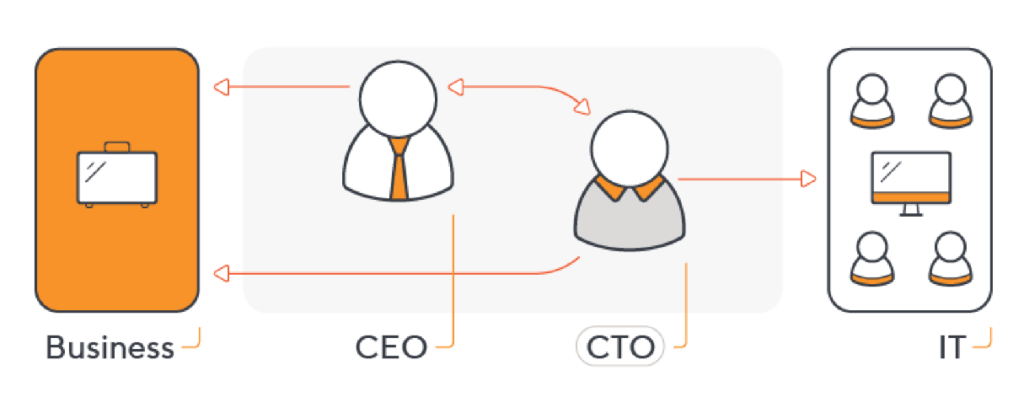Software as a medical device (SaMD) is software that performs a medical function without being part of a hardware device. SaMD can monitor, diagnose, or treat various health conditions, such as apps that measure blood pressure, detect skin cancer, or recommend medications.
SaMD is an exciting and innovative field that offers many opportunities for entrepreneurs who want to improve people’s health and well-being. However, it also requires overcoming many challenges and risks, such as meeting regulatory standards, validating user needs, and securing funding.
If you are interested in creating a SaMD startup, here are the main steps you need to follow:
- Identify a problem or opportunity: The first step is to find a real and meaningful problem that you can solve with software. Brainstorming ideas, engaging in discussions with researchers, and exploring new technologies applicable to healthcare are all excellent strategies. It’s important not to restrict yourself to existing solutions. Instead, envision the future of healthcare through a scientific lens, and consider how your software could contribute to that future. This forward-thinking approach can lead to innovative solutions that could revolutionize the healthcare industry.
- Build a prototype or MVP: The next step is to develop a basic version of your product that encapsulates its core functionality. This prototype or MVP serves as a practical demonstration of your concept and allows you to test the technical feasibility of your idea. It also provides a tangible demo that you can present to potential users and stakeholders, enabling you to gather valuable feedback for further refinement. Remember, the goal at this stage is not to build a perfect product, but to validate your idea and learn as much as possible.
- Test and validate your idea: The third step is to collect feedback from your target users and other key stakeholders, such as healthcare professionals, regulators, or payers. It’s crucial to ensure that your product effectively addresses the identified problem and meets user expectations and requirements. This stage allows you to refine your product based on real-world feedback and ensure it delivers value to the end-users. Remember, validation is a continuous process that goes hand in hand with product development. It’s all about learning, iterating, and improving.
- Plan your regulatory pathway: The fourth step is to understand the regulatory framework and requirements for your product. Depending on your target regions and markets, you may need to adhere to various regulations, such as those set by the FDA, MDR, or CE marking, among others. It’s crucial to strategize your regulatory pathway and establish a timeline that aligns with these requirements. This step ensures that your product meets all necessary standards and can legally be brought to market.
- Define your business model: The fifth step is to decide how your product will generate revenue. You need to consider various aspects such as your pricing strategy, distribution channels, and marketing tactics. There are several business models you can choose from, such as direct sales, subscription-based, licensing, or a combination of these. It’s crucial to choose a model that aligns with your product’s value proposition and your target market’s preferences. Remember, a well-defined business model is key to long-term sustainability and success.
- Raise funds or bootstrap: The sixth step is to secure the necessary financial resources for the development and launch of your product. You have the option to raise funds from external investors, such as angel investors, venture capitalists, or through grants. Alternatively, you can bootstrap your business, which involves funding your business using your own money or revenue. This step is crucial as it ensures that your business has the financial backing needed to sustain its operations and achieve its goals.
- Establish your company: The seventh step is to create your legal entity and structuring your business. You need to consider various factors such as the optimal location for your company, the type of business entity that best suits your needs, and a name that reflects your brand. Additionally, it’s important to anticipate the potential growth and expansion of your business across different regions and markets. This step lays the foundation for your business and is crucial for its legal and operational success.
- Hire your team: The eighth step is to build a team and a network that aligns with your vision and possesses the necessary skills and expertise. It’s important to find individuals who share your vision and can contribute to your startup’s success. Additionally, leveraging partners, consultants, or mentors can provide valuable insights and help with specific aspects of your business. Remember, it’s not about doing everything by yourself, but about building a strong team that can work together towards a common goal.
- Establish your QMS: The ninth step involves setting up a robust QMS and the necessary tools. The development of SaMD requires adherence to best practices and traceability. It’s crucial to document your activities and processes and strive for ISO-13485 certification. Additionally, ensuring compliance with data privacy and security measures is paramount for your digital solution. This not only safeguards user data but also fosters trust with your users.
- Develop and validate your product: The tenth step is to finalize your product development and validation process. It’s crucial to adhere to design controls and carry out verification and validation procedures. Additionally, conducting lab and clinical evaluations when required is essential to demonstrate the safety and effectiveness of your product. This step ensures that your product not only meets the intended purpose but also adheres to the highest standards of quality and safety.
- Launch and grow your business: The final step is to launch your product to the market and working towards the growth of your business. It’s crucial to keep a close eye on your product’s performance, gather user feedback, and stay updated with market trends. Additionally, focusing on scaling your operations, exploring new markets, or diversifying your product portfolio can contribute significantly to your business growth. This step marks the beginning of your journey in the market, and it’s all about adapting, learning, and growing. Remember, launching the product is just the beginning, the real challenge lies in sustaining and growing the business.
In addition to what to do, I want to share how to do things:
- Secure the Right Co-founders and Partners: It’s crucial to surround yourself with the right people who share your vision and complement your skills. The journey of building a startup is challenging, and having a strong, diverse team can make a significant difference.
- Embrace Experimentation: Success rarely comes from the first attempt. Be prepared to try different solutions and learn from each experience. Each failure is a step closer to success.
- Value Feedback, But Stay True to Your Vision: While it’s important to listen to feedback on your product, remember that it’s your vision that sets your business apart. Use feedback to improve, but don’t let it sway your core idea. Your unique perspective is your greatest asset.
What are the time and financial commitments required?
The development and preparation of an idea for submission can span a few years. As for the financial aspect, initial costs could range from 3 to 5 million dollars.
Conclusion
The potential for growth in the SaMD industry is immense, much like other software industries. The key lies in developing innovative and user-friendly solutions that can effectively address healthcare needs. As technology continues to evolve, we can look forward to seeing more creative and easy-to-use SaMD products that can significantly improve health outcomes and quality of life. It’s an exciting time for both developers and users in this field! 😊
Feel free to share your questions or comments below. If you require assistance on your journey, I’m here to engage in a discussion on this topic.



